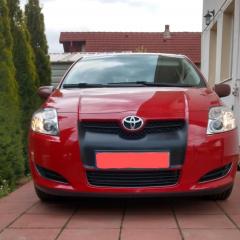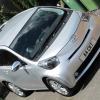I've found cruise control is great when it is not very hilly but otherwise it can be quite aggressive when maintaining speed uphill, whereas I would allow the speed to fluctuate slightly and use the terrain to save fuel (e.g. lose a bit of speed uphill then re-gain it in the descent, if possible). It can hit the fuel consumption quite significantly. I found that if I do the initial acceleration with the needle at the top of the ECO band, then slightly (perhaps one tick mark) into the power band to get to 60 MPH makes quite a significant impact on consumption. If I go straight into the power band from a standing start, it seems to drink fuel. I also found a few other things that seem to make a huge difference: * If the target speed is 30 MPH, and it is relatively flat, then only go mid-point of the ECO band to remain in EV mode, otherwise deliberately use the engine to accelerate, then pulse the throttle to trigger EV mode once at speed * If the target speed is 40 MPH, accelerate all the way in the upper part of the ECO band, then try pulsing (sometimes EV mode will engage, but it is generally hard to get EV mode at 40 MPH if going slightly uphill) * If the target speed is 50 MPH or higher, accelerate at the top of the ECO band to about 40 MPH, increasing slightly into the power band if required at 40 MPH. Reading the road helps here; obviously climbing a hill demands more power * If accelerating to 70 MPH, accelerate to 45 MPH at the top of the ECO band then put it to the second tick mark in the power band until reaching 70 MPH. You can start lifting off slightly passing 60 MPH. When I start hearing the engine really start to work is when I know I can lift off slightly. I did 75 miles today using the above techniques, and achieved a computer-reported 64 MPG (mostly 50/60 MPH roads, with computer-reported average speed of 38 MPH).



